Home Subscriber Server (HSS) is the main subscriber database used within the IP Multimedia Subsystem (IMS) which provides details of the subscribers to other entities within the network.
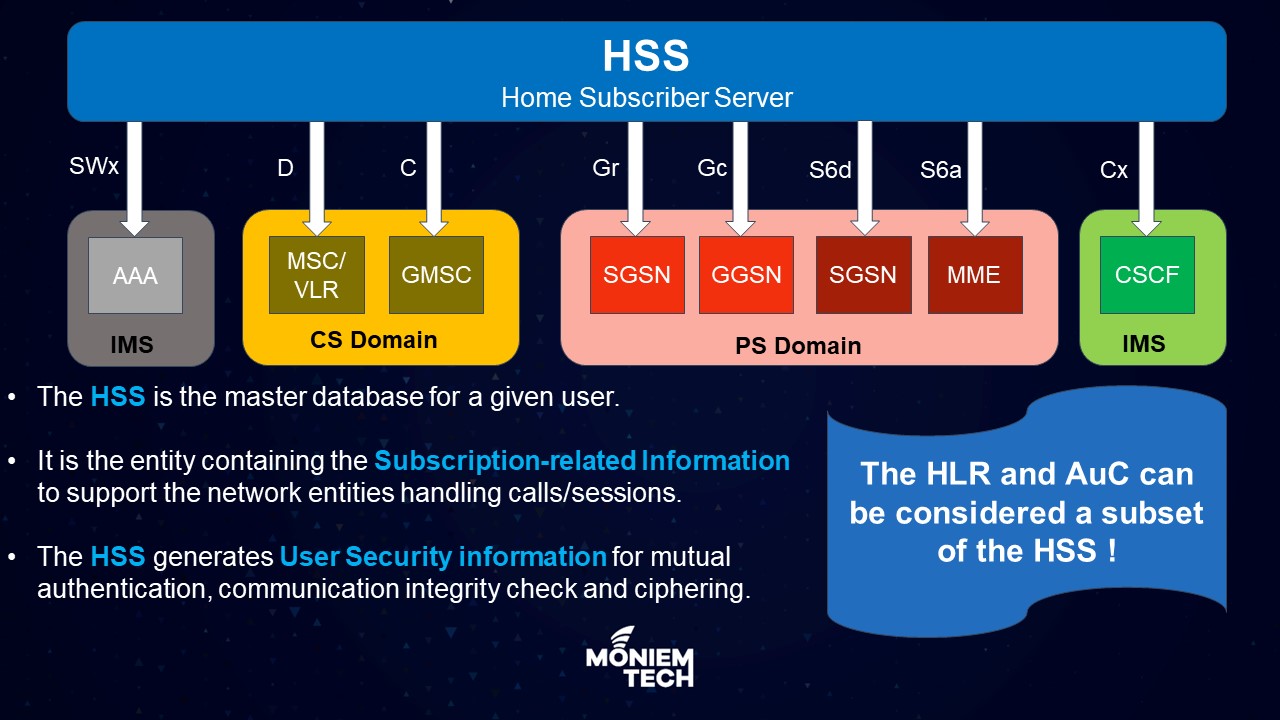
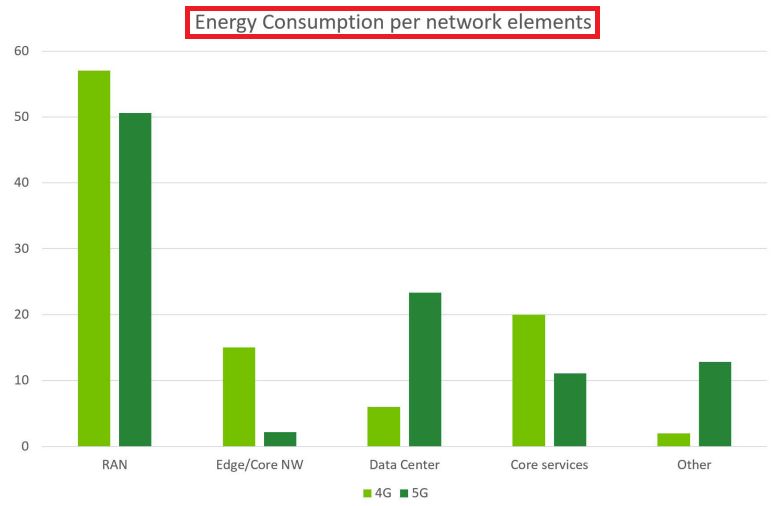
The fact of Sustainability in mobile networks starts with power reduction and meeting net-zero goals, and as we know wireless networks consume large amounts of resources, from electricity to raw materials. 📃 GSMA Intelligence published a report looking at network energy efficiency. It found that the RAN consumes 73% of the energy network operators use. 📃 Also, […]

There’re many factors that impact the energy consumption in the mobile network operators, some of them related to climate, population density, and data consumption levels, while others are related to the network operators themselves or under its control. So there’re two groups as per GSMA benchmarking: Non-network-related variables – those outside the operator’s control (e.g. […]
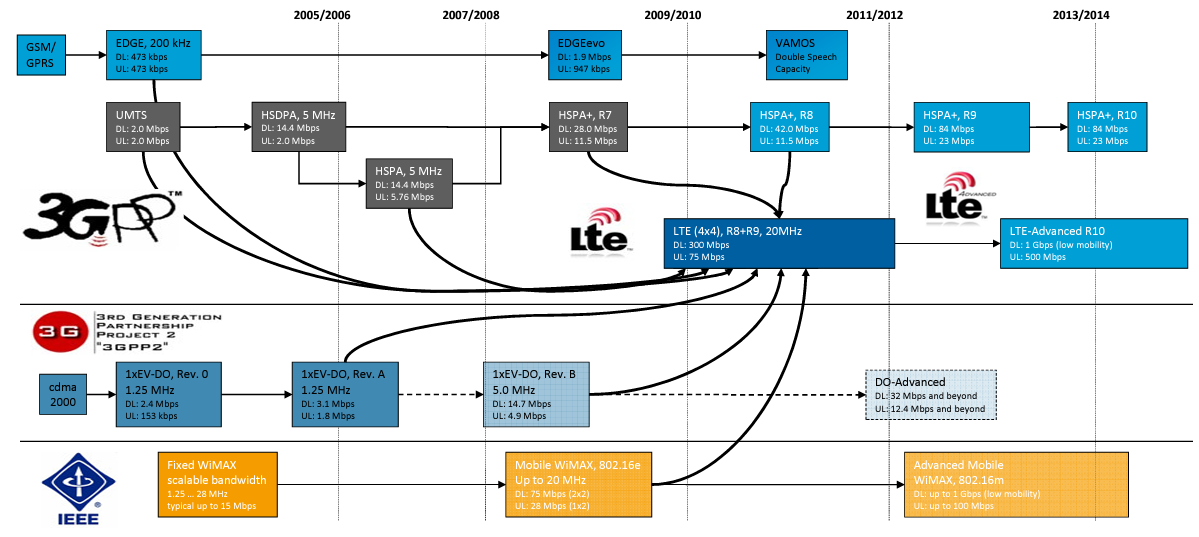
3GPP specifications cover cellular telecommunications technologies, including radio access, core network, and service capabilities, which provide a complete system description for mobile telecommunications. In general, there are many wireless technologies categorized as 3GPP technologies and non-3GPP technologies as below: If we studied the 3GPP releases from 2G to 4G, we’ll see different releases from Rel […]

5G can be significantly faster than 4G, delivering up to 20 Gigabits-per-second (Gbps) peak data rates and 100+ Megabits-per-second (Mbps) average data rates. 5G has more capacity than 4G. 5G is designed to support a 100x increase in traffic capacity and network efficiency. 5G has lower latency than 4G. 1G, 2G, 3G, and 4G all led […]

In LTE Core Network, all data plane traffic must go through a single node type called Packet Data Network Gateway (P-GW). This centralized architecture is advantageous in terms of operation and management. Yet, it could potentially pose a severe limitation when there is a huge amount of backhaul traffics in 5G. The following figure illustrates […]
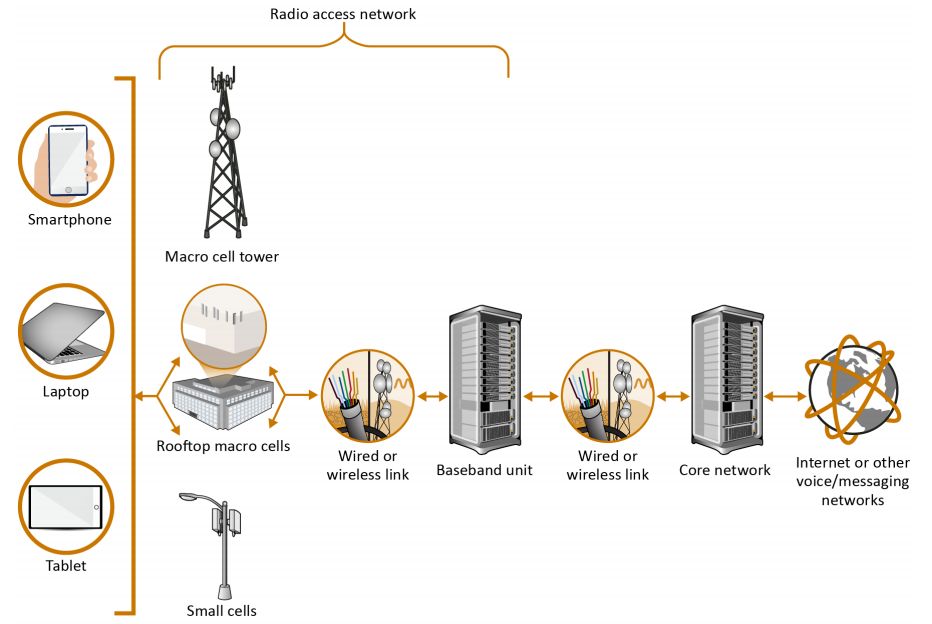
The device connects over the Radio Access Network (RAN), which defines and manages the radio link between the customer device and the rest of the network. The RAN comprises cellular base stations (BTS in 2G, NodeB in 3G,eNodeB in 4G, and gNB in 5G), wired or wireless links, and a baseband unit that processes the […]
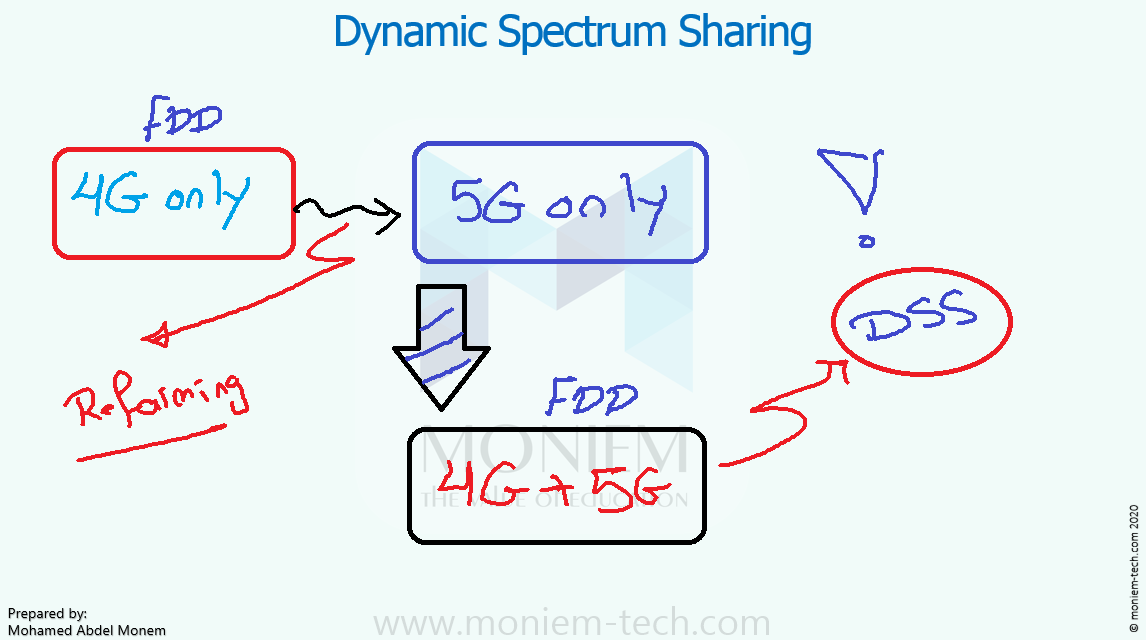
Before start talking about DSS or Dynamic Spectrum Sharing, let’s address the problem first and how DSS can solve it. As we know that 5G can support newly released frequency bands for use – such as the C-band (3-5 GHz) and millimeter wave (mmWave) band (24-40 GHz) – are higher than the current 4G frequency […]

VoLTE is the all-IP method that tightly links the voice application to the LTE network to assure the best subscriber experience in terms of performance, reliability, interoperability and global roaming. The Value of VoLTE It integrates voice with 4G LTE to ensure the critical reliability and quality of that voice service. It ensures subscribers continue […]
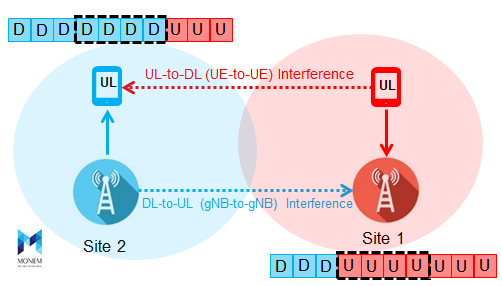
Duplexing is one of the most important factors that impact the performance of 5G networks in terms of its wide-area coverage. 5G NR gives support to multiple duplex modes, that includes static TDD, FDD, and flexible duplexing. It is expected that 3.5GHz TDD is the first spectrum for early 5G deployments. Static TDD, the UL/DL […]
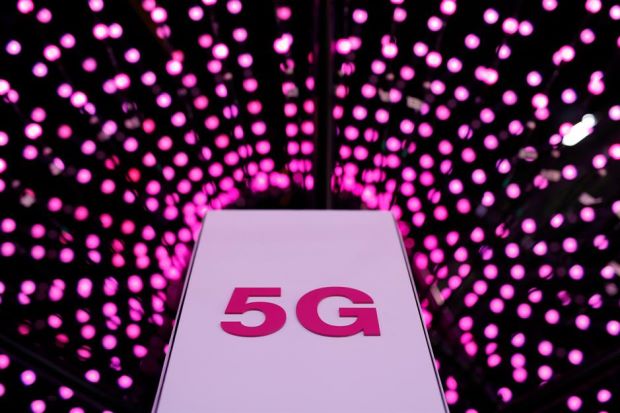
Introduction The December 2017 deadline for the primary set of New Radio (NR) technical specifications, known as early drop out/December acceleration, was finally achieved. – This acceleration was originally motivated to be updated with proprietary fixed wireless access solutions in mmW. – The early drop out scope is limited to Non Stand Alone (NSA) NR, […]
